Banner image is a T. Eaton Company print, pre-1900, from the City of Toronto Archives.
When I was growing up the Christmas season was heralded by the Consumer’s Distributing catalogue being tossed on your doorstep. Of all the catalogues you were likely to receive, it was the thickest and could provide hours – days even – of glossy-paged joy. I don’t recall ever zeroing in on a specific toy, or getting anything from it as a present, but just paging through the catalogue was gift enough for me.
And so, in that spirit, I thought it’d be be fun to mark this holiday season by sifting through old catalogues from Eaton’s and Simpson’s – both now long gone, but once our two largest, competing department stores – to see what kids were dreaming of over a century ago.
Every generation has a high-tech, must-have gizmo:
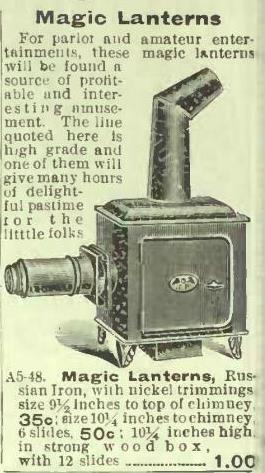
Initially by “profitable” I thought they were pitching this at the young entrepreneur –the kinda kid who’d charge his pals a ha-penny for a show. But, disappointingly, I think they meant it was vaguely educational. And it wasn’t quite that magical – it was the forerunner of those View-Master thingies that came with slides of Disneyworld when I was a kid. The kind that kept you entertained for about a minute.
For the traditional child who just wanted a dolly to play with, there was a bumper crop of rubber and porcelain dolls to choose from. … And then there was this thing:
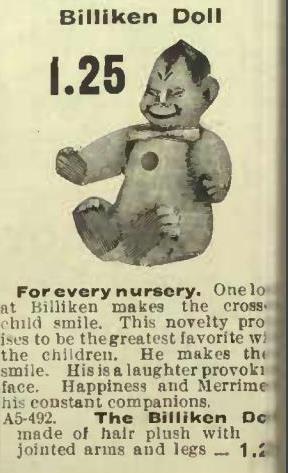
Contrary to my gut feeling, the Billiken doll was supposed to bestow good luck on the recipient. Created by illustrator Florence Pretz, its name came from this verse of “Mr Moon: A Song of the Little People” by Canadian poet Bliss Carman:
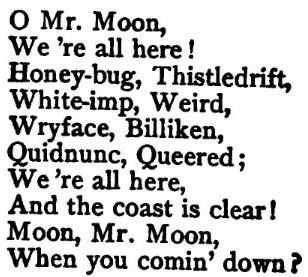
A few years later, Billiken faced some stiff competition when this doll broke out on the scene:
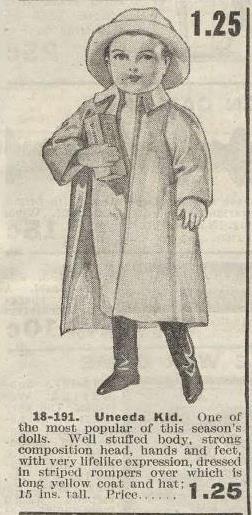
It might seem a little odd to push parenthood on children by calling this doll the “Uneeda Kid” but it was really the off-shoot of an entirely different product: the Uneeda Biscuit. And by “biscuit” they meant soda cracker:
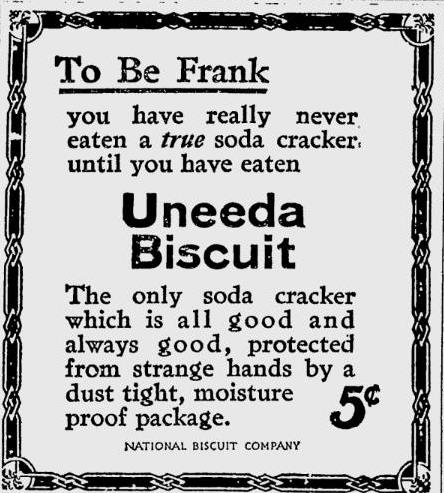
Of course, not every kid wants a doll…
If you’ve ever seen the movie “A Christmas Story” you’ll be familiar with this thing:

Goes to show the Daisy line of air rifles had been around for a long time before Ralfie started dreaming of owning one. But, unlike his Daisy Red Ryder, the early models do not seem to have offered a compass in the stock. Though you could get a repeater.
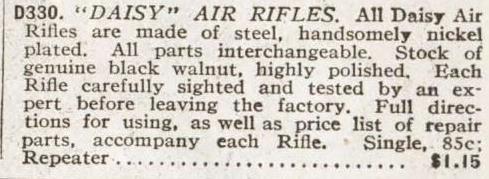
If shooting wasn’t your thing, perhaps a fire truck was – though, to be precise, it was called an Auto Hook and Ladder:
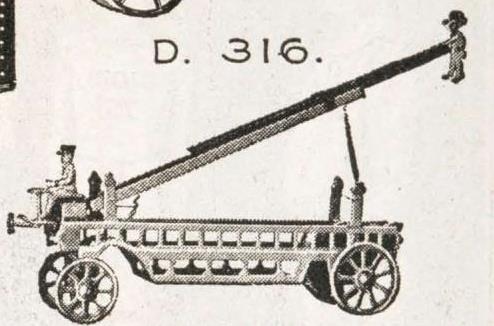
For the kid whose heart soared at the thought of household chores, there was the Eureka Wash Set, which came with a wringer, clothes horse, tub, wash board, stand and clothes line – all for .95 cents:
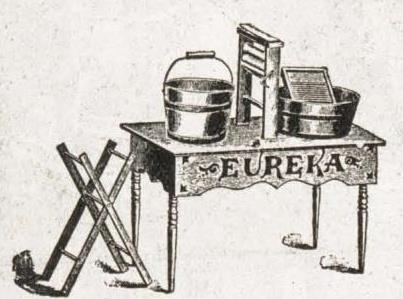
For the kids (like me) who longed for a doll house (I eventually got one) there was this beaut:
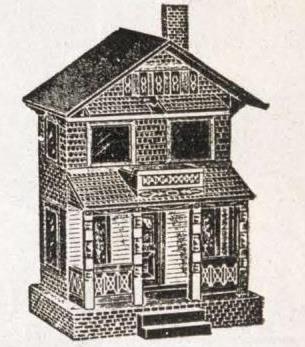
And just like with real houses, its small scale was advertised as “cosy”:

Now if you wanted to get your child out of the house occasionally, and had the six dollars to spend, there was this lovely red wagon. Just think how excited they’d be to find it under the tree on Christmas morning:
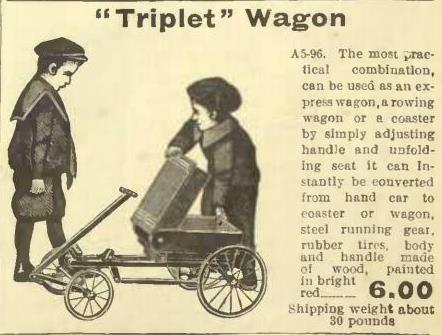
Given the option though, it’s possible they might have preferred this sweet little ride – it was the same price after all:
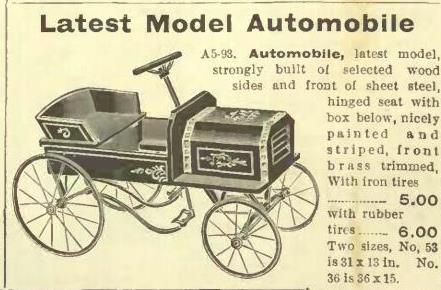
If you didn’t have six dollars in 1909 (that’s about $150 today) to spend on a riding model car, it’d have been far more economical to buy a clockwork toy car. Sure, it might’ve been a bit of a letdown but it had a cooler name:
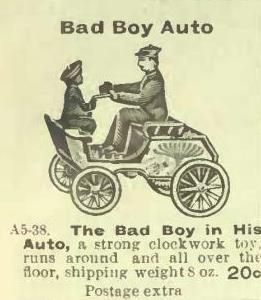
For the little artist in your home, there was a nifty paint set which came with paints, a brush and a collection of pictures to colour:
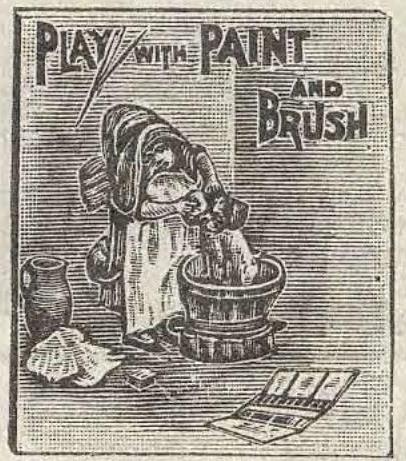
With WWI came a smattering of children’s gift ideas with a distinct theme:
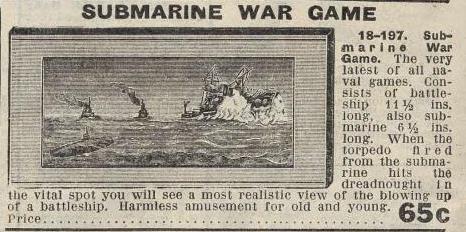
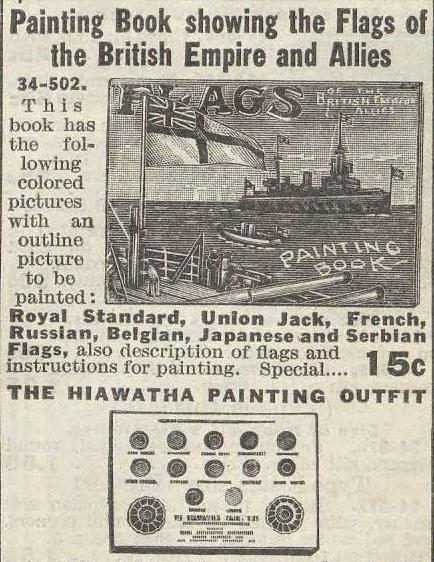
But on the whole, the bulk of offerings for children were focused on light, innocent play. And, if you were at all concerned that there should be an educational quotient to their gifts, well, you could always give them a book. They might even thank you for it:
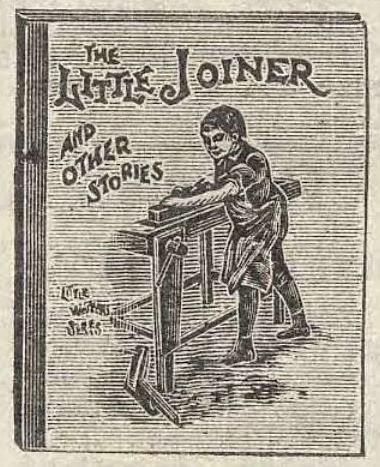
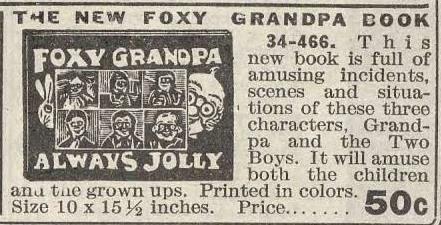
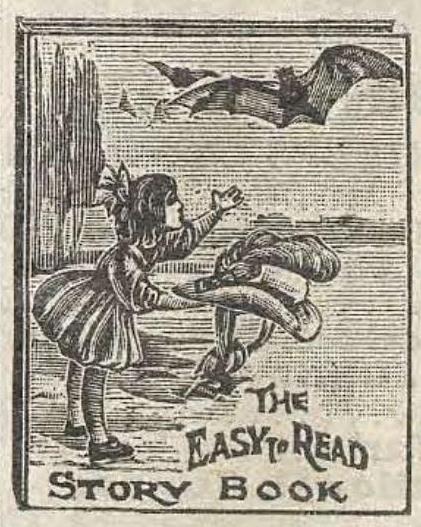
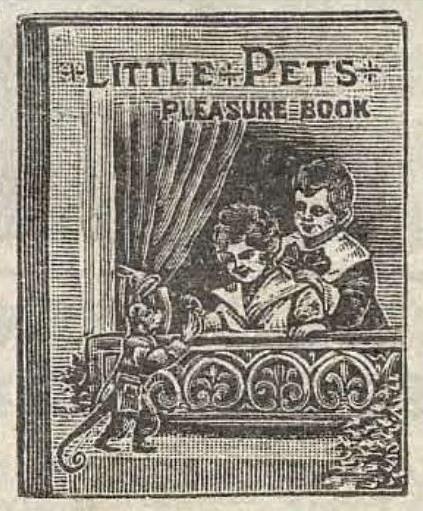
Well, sadly, as I mentioned earlier, both Eaton’s and Simpson’s are no longer around. Eaton’s, which was opened by Timothy Eaton in 1869, was bankrupted in 1999. Simpson’s, founded by Robert Simpson in 1858, was taken over by the Hudson’s Bay Company in 1978 – itself now bought up by the unromantically named NRDC Equity Partners. But while both Eaton’s and Simpson’s were still in the black, the two department stores enjoyed a healthy rivalry – staring each other down on opposite sides of Queen Street West.
Today, both sites still operate as department stores, though only the former Simpson’s building remains as it was in Robert Simpson’s lifetime. Though both have passed into the hands of large, vaguely named corporations, I’m sure to many Torontonians they’ll always be thought of as Eaton’s and Simpson’s. More certain than that is that there are toys enough in each to thrill any child this Christmas.
![James Street, looking north from Queen Street West. - [1917?]](https://onegalstoronto.files.wordpress.com/2016/12/james-st-looking-north-from-queen-1917-eatons-on-right.jpg?w=1000)
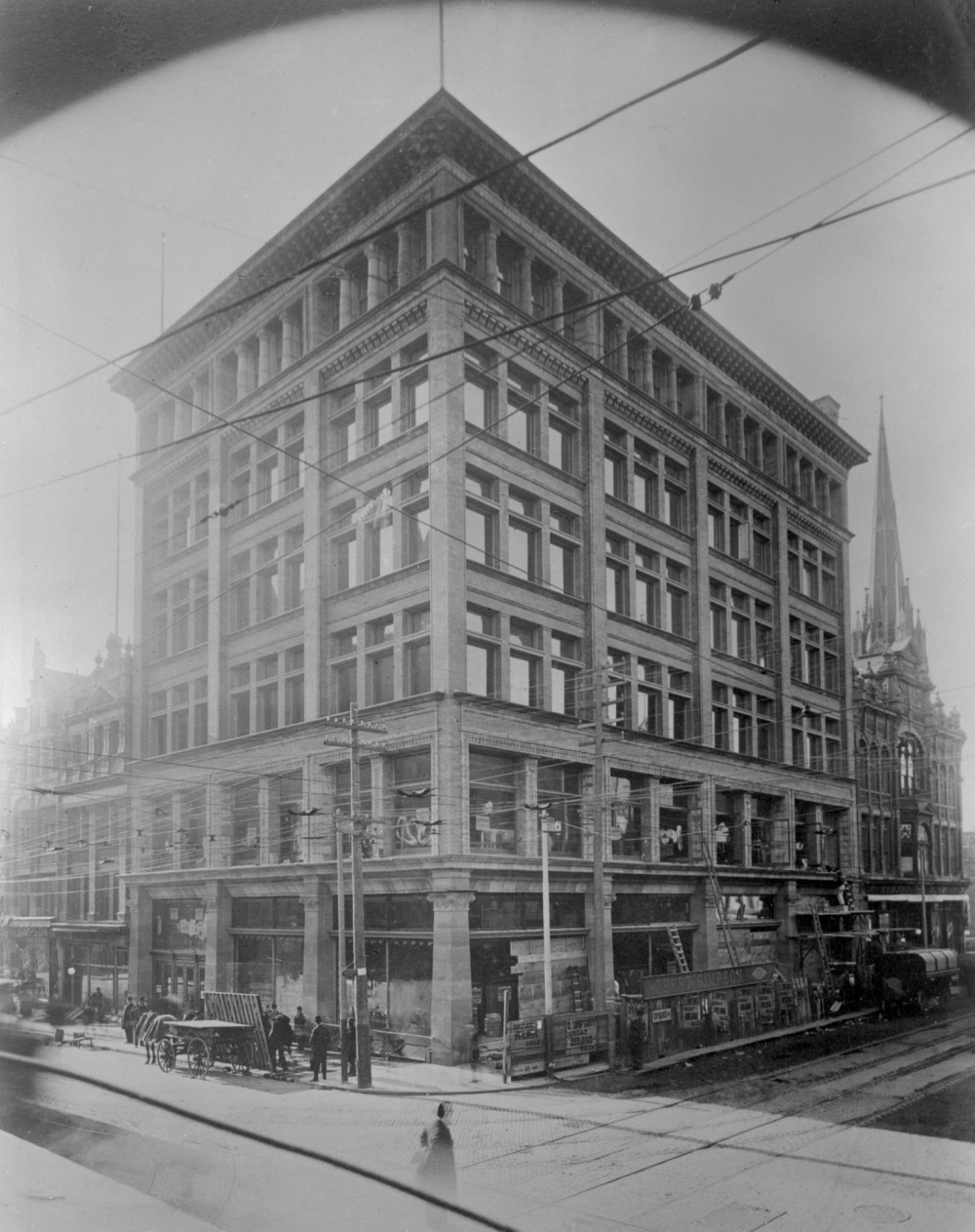
For me in the 1950’s North York, a long way from downtown, it was the Eaton’s catalogue. The populace of the city was divided into Eaton’s people and Simpson’s people and both groups considered themselves superior. I remember dreaming and also that the catalogue was a great resource for many student projects, collage art in particular and cut and paste (with scissors) for finding something appropriate for illustrating all others.
LikeLiked by 1 person
Nice memories of the Eaton’s catalogues – thank you for sharing them. And you’re so right about the divide between the stores – I’d forgotten that.
LikeLike
What a fun compilation! Though the ad assures us (several times) that the Billiken makes kids smile, I might have to disagree, at least based on the photo. I, too, remember looking forward to Consumers Distributing, then the Sears Wish Book. Times have changed, yes?
LikeLiked by 1 person
I’m so glad you enjoyed it! Yeah, that Billiken is very unnerving – extra upsetting somehow is that it had a furry body. Ick. Oh right, I’d forgotten the Sear’s Wish catalogues! Boy, I could spend hours looking through those. Simple pleasures indeed.
LikeLiked by 1 person
I adored toy catalogues too when I was a kid. I’d pull all the toy ads out of the middle of the Sunday papers in December and spend hours looking through them, reading the descriptions of every single toy, even the ones I had no interest in, and then imagine where I’d put all the toys I did want. I would take that magic lantern (but then I spent hours playing with old Viewmaster slides at my grandparents’ house too, maybe I was just a strange kid?) and definitely the dollhouse (I never really wanted one when I was little, because I was a tomboy, like I said, but I want a haunted house dollhouse as an adult so badly), but Billiken can crawl back into whatever hellish place he crawled out of in the first place (shudder). I also feel like I’m missing something with the “bad boy” auto; is that meant to be another child sitting in front of him, or does the steering wheel just look like a body? I still don’t see how that makes him a “bad boy” but whatever. And I want that little girl to teach me how to train all the bats. I would absolutely have a pet bat, especially one that can do tricks! Your captions were all pure gold.
LikeLiked by 1 person
Aw, I love that part of your day dreaming about toys was where you’d put them. That’s really cute.
I think I’d probably have been more taken with the View-Master if our slides had been better. I don’t know if they were standard issue or not, but all ours were of bland buildings and their lawns. Even the Disney one I remember was just of one of the outlying buildings.
Ugh, that Billiken … so distressing. And apparently there are statues (statues!) of him all over the world – and some of them were erected recently! It’s very puzzling.
I’m really glad you mentioned that weird figure in the Bad Boy Auto. It’s been bothering me too. What is that thing? It really does look like a kid – but then where’s the steering wheel? And the motor? So many questions.
I’m so glad you enjoyed the captions! I’m always afraid I’m exhausting people with them.
LikeLiked by 1 person
The slides my grandparents had were really pretty good. They had Disney ones too, but theirs took you step by step through rides like Pirates of the Caribbean and the Haunted Mansion. I was weirdly enthralled with them, even though I went to Disney a couple of times, so had actually experienced the rides in person. I think my grandpa went around to garage sales collecting new (old) slides (and books!) all the time, so I always had something new to look at, which probably helped. Since you mentioned the statues, I googled Billiken for myself, and saw that Wikipedia claims he was invented by a woman after he appeared in one of her dreams! That must have been some nightmare! I also tried to google that car to find an explanation, but there are too many stupid car shops called Bad Boy Auto, so I supposed the child/wheel will have to remain a mystery. Who would have thought an old toy catalogue would raise so many disturbing questions?
LikeLiked by 1 person
Aha! My slides were obviously not the prime stuff because I would’ve definitely enjoyed the ones you described. Your grandfather sure sounds wonderful!
Ha – I hit the same weird car-culture brick wall trying to find out more about Bad Boy Auto. I hope to discover its secrets one day but for now I suppose it will have to remain a mystery – along with Billiken’s charm.
LikeLiked by 1 person
You do find the most remarkable things! Wishing you the best of the Christmas season, Kate.
LikeLiked by 1 person
Thank you Cynthia! All the very best to you – Merry Christmas!
LikeLiked by 1 person
What a fun post – I have to say that the Billiken doll was pretty creepy. This brought back fun memories of my childhood, when my sister and I always awaited the thick Christmas catalog that offered so many delightful things. Hope you have a Merry Christmas and a very Happy New Year!
LikeLiked by 1 person
So happy to hear that you have fond memories of Christmas catalogues too! I love that such a simple thing was a hallmark of our childhood holidays. Wishing you a very Merry Christmas and a terrific New Year!
LikeLiked by 1 person
Love this! Happy Christmas to one of my favorite bloggers … you find beauty in the quirky confluence of culture and history, which is my favorite part of history. And, I love the triplet wagon. “Put your thumb in here. … don’t worry, it’ll be funny.” Awesome! And, fun fact: that $6 wagon? The average weekly salary in 1909 was only about $8. (It’s about $800 today.) Those must have been some very good kids.
LikeLiked by 1 person
Merry Christmas to you! It’s been a day of delights, but getting your note has been the swellest. YOU’re one of my absolute favourites – so to hear that you enjoy my little histories makes me mighty proud and happy. And yeah at that price, great as that wagon likely was, my mother would say it’s wasn’t “six dollars great.” Which would mean “don’t hold your breath, kid.”
LikeLiked by 1 person